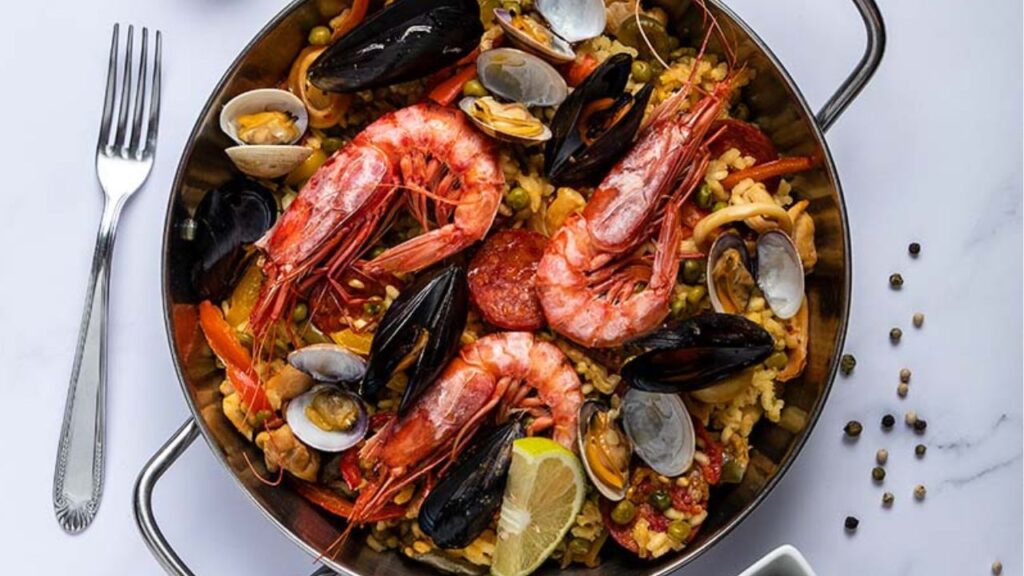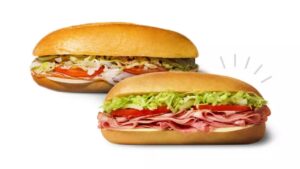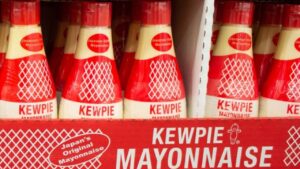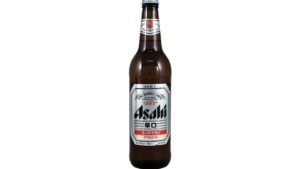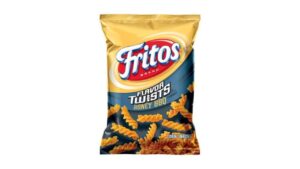Paella, a tantalizing Spanish culinary masterpiece that transcends borders with its rich flavors and gluten fee. Originating from the historic Valencia region of Spain, paella has become a symbol of Spanish gastronomy worldwide. Paella rice dish, adorned with an assortment of meats, seafood, and vegetables, embodies the essence of Spanish culture and culinary tradition.
Is Paella Gluten Free?
Paella, a traditional Spanish rice-based delicacy, stands out for its inherent gluten-free nature. Evolving from the culinary traditions of the Valencia region in Spain, the modern rendition of paella has garnered global recognition as one of Spain’s most iconic dishes. Nevertheless, it’s noteworthy that the association between paella and Spain solidified relatively recently, gaining prominence over the past century.
Paella for Weight Loss
Paella can be a beneficial addition to a weight loss regimen due to its nutritious composition and balanced ingredients. Packed with lean proteins such as seafood, chicken, or rabbit, along with an array of vegetables, paella offers a satisfying meal that keeps you feeling full for longer periods. When prepared with minimal oil and portioned appropriately, paella can serve as a flavorful and satisfying option for those aiming to achieve weight loss goals.
Paella Nutrition Value
Paella offers a balanced nutritional profile, combining proteins, carbohydrates, and essential vitamins and minerals. Typically rich in proteins from seafood, meat, and sometimes beans, it provides amino acids necessary for muscle repair and growth.
| Nutrient | Amount |
|---|---|
| Total Carbs | 42.8g |
| Net Carbs | 41.2g |
| Fat | 11.7g |
| Protein | 21.7g |
| Calories | 371 |
What is Paella Made of?
Paella is a versatile dish renowned for its medley of meats and seafood, including chicken, chorizo, rabbit, shrimp, shellfish, eel, or pork, combined with an array of vegetables such as onions, bell peppers, peas, and beans. Every variation of paella features rice infused with saffron, imparting a distinctive golden color and delicate flavor to the dish.
The Impact of Paella Rice and Oil Prices
Rising demand, compounded by climatic and political influences, has driven up the prices of rice and oil. Rice, a key ingredient in paella, has experienced cost hikes due to factors like unfavorable weather conditions in key growing areas and heightened demand in emerging markets.
Is Paella Good or Bad for You?
Paella boasts a wealth of essential vitamins and minerals crucial for maintaining human health. When crafted with fish or shellfish, it becomes a potent source of nutrients like vitamin A, omega-3 fatty acids, zinc, selenium, and iron.
Is Saffron Necessary for Paella?
Saffron has become a staple component in numerous Spanish culinary creations, notably the iconic paella. Originating from Valencia, Spain, paella is a classic rice dish renowned for its diverse array of ingredients. Among them, saffron plays a pivotal role, imparting both the vibrant yellow hue and unique flavor that define the dish.
Conclusion
paella not only delights the taste buds with its rich flavors and vibrant colors but also offers numerous health benefits. Packed with essential vitamins, minerals, and protein, this Spanish culinary masterpiece contributes to overall well-being. Its gluten-free nature ensures accessibility to individuals with dietary restrictions, while its traditional ingredients, including seafood and vegetables, provide a balanced and nutritious meal.

